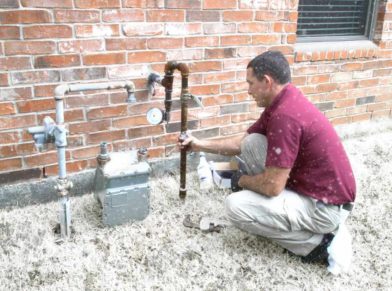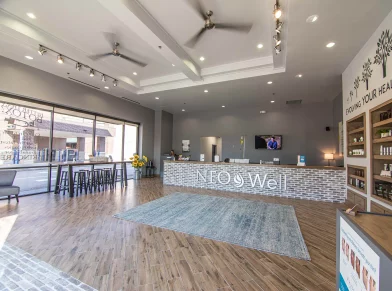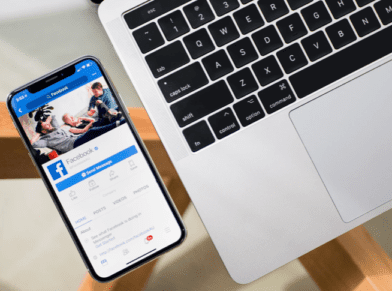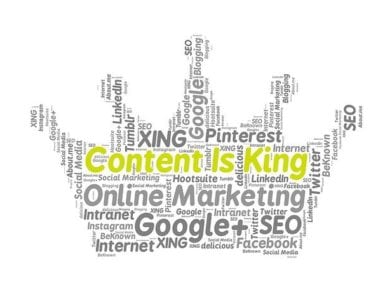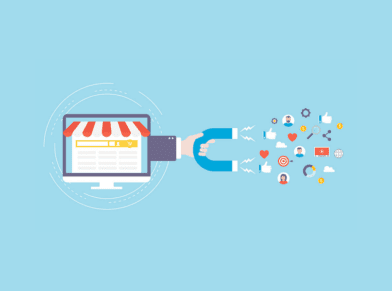How to Map the Customer Journey
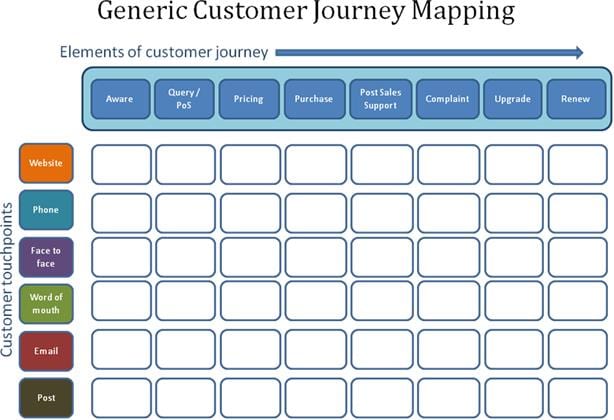
The customer journey has transformed over the years. What was once driven by analyzing outbound channels has transformed into a two-step process. The old and linear process is now a dynamic one that goes beyond concentrating on outbound alone.
Today, the customer journey should be analyzed with email and how it mixes with outbound and inbound channels. Analyzing the customer journey from both the inbound and outbound sales point-of-view will give you more insight into the customer experience and what they know about your business to help you improve your SEO, your reputation and more.
Customer Journey Basics
Mapping the journey starts with you: You need to use what information your organization has to create an interesting offer to be able to see what catches the customer’s eye. Once the customer bites, this is where the customer journey is initiated for organic or paid search.
TIP: Providing valuable, actionable information to new customers regarding their recent purchase or inquiry is a great first step.
Once the customer inquires about or buys your product, your job is to follow up with the customer journey by emailing them with content to help them get the most out of their purchase while also helping you increase your SEO (should they research about what you sent them for further information). After this, send out relevant information about local attractions, events and the nearest store location.
Your most important job in defining the customer journey is developing interactions that build value, relevance and brand trust with your target audience.
It is after you do your email marketing and event-driven marketing that you go back to analyzing your customer journey. See how the customer reacts to your outbound marketing by gauging their wants, needs and interests at a particular moment—i.e. when the email was sent out, correspondence about a particular event, etc.
Understand the distinct needs of your customers by analyzing how you may need to refine your message based on response rates, purchases and upgrades or changed in location. The way you analyze your data is your one-step away from creating a personalized customer journey.
Be sure to subscribe to our blog so you can get up-to-date information and a notification when our next post on how to turn the customer journey into sales goes live. We will also delve into the specifics of what to look for in your analytics when tracing the customer journey.




